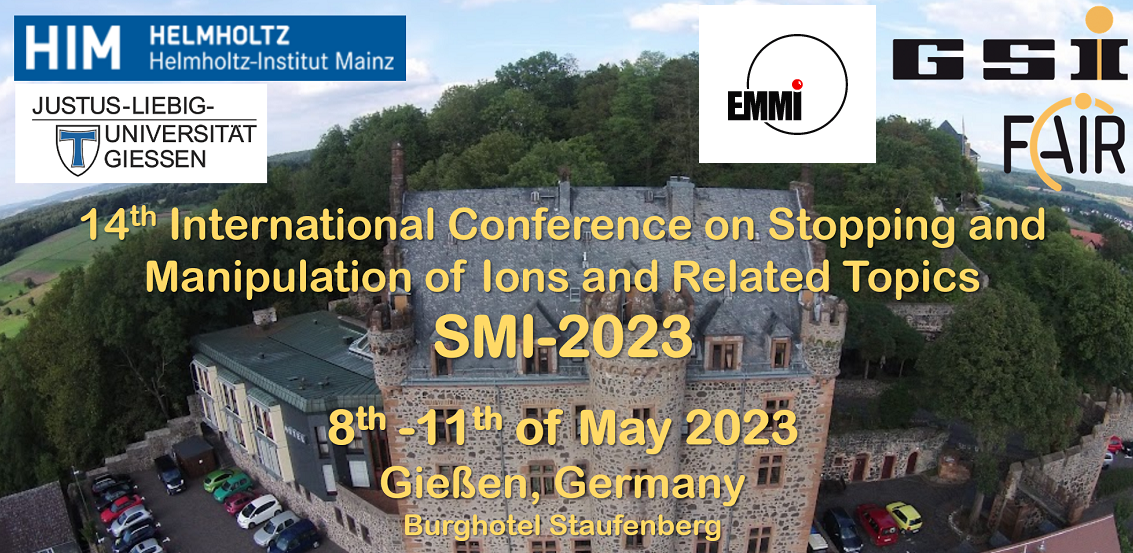Sprecher
Beschreibung
V.A. Virtanen*,1 T. Eronen A. Kankainen and the I284 and I279 collaborations
Multi-Reflection Time-of-Flight Mass-Spectrometers (MR-ToF-MS) [1] have gained ground in radioactive beam facilities in the past 10 years, due to their comparatively fast operation cycles (~10 ms) and high mass resolving powers (R = m/dm ~ 2∙105). This enables the separation and subsequent mass measurement of particularly short-lived and exotic radioactive nuclei. The operation of an MR-ToF-MS is based on trapping a temporally short bunches of ions (~50 ns FWHM in temporal width), which have been accelerated to an approximately the same energy. Ions with different mass-to-charge ratios are separated by their time-of-flight, as they are trapped and moving along closed paths in the device. At the Ion-Guide Isotope-Separator On-Line (IGISOL) facility [2] at the University of Jyväskylä an MR-ToF-MS has been recently commissioned and used for mass separation and measurements of exotic isobaric radioactive nuclei. The MR-ToF-MS can also be used for selecting ions for other experiments, such as decay spectroscopy. In this contribution, an overview and the recent mass measurements utilizing the IGISOL MR-ToF-MS are presented, with preliminary mass spectra of fission fragments around A=90, relevant for the astrophysical rapid neutron capture process (r process), as well as mass spectra of multi-nucleon transfer reaction products produced with xenon beam on bismuth target.
References
[1] W. R. Plan, T. Dickel, and C. Scheidenberger, “Multiple-reflection time-of-flight mass spectrometry”, International Journal of Mass Spectrometry, vol. 349-350, pp. 134–144, 2013. doi: 10.1016/j.ijms.2013.06.005.
[2] I. Moore et al., “Towards commissioning the new IGISOL-4 facility”, Nuclear Instruments and Methods in Physics Research Section B: Beam Interactions with Materials and Atoms, vol. 317, pp. 208–213, 2013. doi: 10.1016/j.nimb.2013.06.036.

